From tangible cultural heritages such as works, architectural vestiges, traditional historical artifacts such as Thang Long Imperial Citadel, Temple of Literature - Quoc Tu Giam, Hanoi Old Quarter, to intangible cultural heritages such as ca tru, water puppetry, cuisine,... all contribute to creating a unique identity and are a deep pride of the people of the Capital. Hanoi Moi Newspaper reporter had a conversation with Director of Hanoi Department of Culture and Sports Bach Lien Huong to look back on the journey of preserving that precious treasure...

Thousand years of culture converge and spread
- Hanoi is known as the "Heritage City" with thousands of historical and cultural relics and rich intangible cultural heritage. In your opinion, where does this cultural resource of the capital come from?
- In the history of formation and development of more than 1000 years, Thang Long - Hanoi is a strong convergence of the cultural space of 4 cultural sub-regions: North, West, East and Upper South. Hanoi today has inherited, preserved and assimilated the culture of the sub-regions, at the same time receiving external cultural elements to meet the need to develop into a cultured, civilized and modern city.
With a thousand years of civilization, Hanoi is the locality with the densest heritage density in the country, with 6,489 historical - cultural relics, nearly 1,793 inventoried intangible cultural heritages, 1,206 traditional festivals, 1,350 craft villages... Hanoi's culinary culture is unique and attractive, in which many dishes are recognized as National Intangible Cultural Heritage such as Hanoi pho, La Vong fish cakes, Thanh Tri rice rolls, Me Tri green rice flakes, Bat Trang dishes...
In the world, there are few capitals that have such a convergence of traditional culture, a long history of education, and many types of religions, beliefs, rituals, festivals, traditional handicrafts, and folk performing arts like Hanoi. These values are not only “memories of the land and people”, but also invaluable assets of the future, a strong endogenous resource to build a creative, civilized, and modern capital.
- How do you evaluate the work of preserving and promoting the cultural heritage resources of the capital over the past 20 years?
- In the past two decades, Hanoi has synchronously implemented many projects to preserve, restore and embellish special national heritages and relics such as: Thang Long Imperial Citadel, Temple of Literature - Quoc Tu Giam, Ngoc Son Temple, Tran Quoc Pagoda, Hanoi Old Quarter... Restoration work is increasingly professional, minimizing architectural deviations, respecting original elements; many traditional cultural spaces have been restored and put into effective tourism exploitation. Notably, many relic sites have become attractive cultural and creative spaces of the Capital such as: Temple of Literature - Quoc Tu Giam, Hoa Lo Prison Relics, Thang Long Imperial Citadel, Ngoc Son Temple...
Hanoi is also the leading locality in preparing dossiers to request the United Nations Educational, Scientific and Cultural Organization (UNESCO) to register cultural heritages; focusing on teaching and restoring traditional art forms; mobilizing social resources from businesses, international organizations, and the community in the work of preserving relics. These efforts contribute to making the cultural appearance of Thang Long - Hanoi increasingly rich, modern but still imbued with historical imprints.
- The process of preserving, maintaining and promoting the city's heritage must have many difficulties and challenges?
- There are always challenges. Rapid urbanization puts many tangible heritages at risk of degradation or being overwhelmed by new architecture. Restoration and embellishment of relics in some places is still limited. Some intangible forms are at risk of disappearing as the generation of older artisans who are knowledgeable about heritage gradually decreases. Excessive commercialization in tourism also risks fading the originality and cultural depth of many heritages. These challenges require Hanoi to take longer-term and more creative steps, not only to "preserve what is already there", but also to "breathe life" into heritage in the new era.
To turn heritage into assets
- In recent years, Hanoi has attached great importance to cultural development, orienting culture as a new resource for the development of the capital. In your opinion, what policies, management and cooperation models does Hanoi need to maximize the value of heritage, turning heritage into a driving force for cultural and creative development?
- I think that Hanoi needs to perfect the system of conservation and promotion policies in a modern, synchronous and scientific manner. Conservation planning must be closely linked to urban planning, ensuring that each intervention respects the originality of the heritage. Currently, the work of conservation, restoration and promotion of relics is managed and implemented by localities. Every year, the Department of Culture and Sports still carries out the work of inventorying and evaluating heritages and relics to update and supplement the management list in the area, thereby having solutions to support conservation and promotion work in localities.
In order to effectively preserve and promote heritage, in addition to the efforts of management agencies, it is necessary to establish professional councils including researchers, creators, artisans, cultural enterprises, etc. In addition, it is necessary to promote socialization and public-private partnership models in preserving and exploiting heritage. Many relics, creative spaces, and festivals can be strongly revived when businesses and communities participate in a transparent and oriented manner, with State supervision.
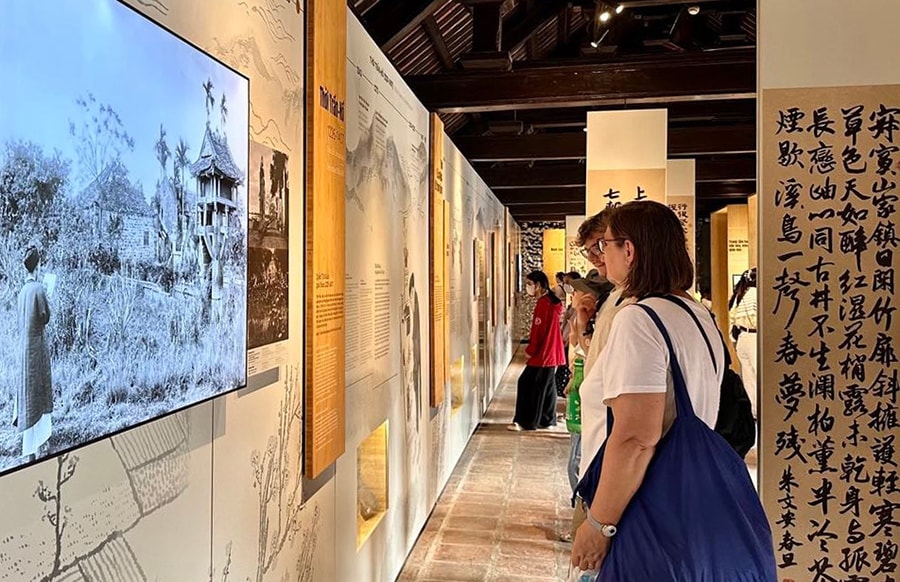
- We are in the 4.0 era, digital technology is developing with applications of artificial intelligence (AI), virtual reality... In your opinion, how can these new technologies be applied to introduce, store, create and promote Hanoi's cultural heritage to domestic and foreign audiences?
- To promote heritage in contemporary life, to reach digital citizens, digital transformation in heritage preservation and promotion is inevitable. Realizing that, in recent years, Hanoi has pioneered the application of digital technology and innovation in the cultural field. If in the past, heritage was often only preserved in silence, now, thanks to technology, heritage has "come to life", "retold" in the language of images, sounds, lights and artificial intelligence.
The Center for Cultural and Scientific Activities of the Temple of Literature - Quoc Tu Giam is a typical example. Here, experts have digitized all 82 Doctoral Steles - World Documentary Heritage, along with hundreds of precious artifacts using 3D scanning technology, combining AR/VR, virtual reality space simulation, multi-channel sound. Visitors can interact directly, listen to automatic commentary in more than 14 languages, learn about history through 3D electronic bookshelves. Along with that, the tour "Sacred Night" at Hoa Lo Relics, "Decoding the Mystery of Thang Long Imperial Citadel", or "Ngoc Son Mysterious Night" has brought the heritage out of the static display path to enter the performing art space combining light and sound technology, recreating touching historical stories. It is these models that have created a strong ripple effect, attracting hundreds of thousands of visitors, most of whom are young people.
However, I believe that with the rapid development of technology, localities and relic sites need to promote comprehensive digitalization such as investing in digital technology infrastructure at heritage sites; building a team of experts in digital preservation; balancing the technological experience and the original value of heritage. I still emphasize that technology is just a tool, heritage is the soul, so all applications must respect authenticity and historical context.
- The exploitation and promotion of heritage to develop cultural industries, including tourism activities, is being promoted by localities, including Hanoi. However, in your opinion, how can heritage continue to be preserved without being over-commercialized in the era of mass tourism?
- In my opinion, to effectively promote heritage, the government and management agencies must adhere to the principle of "original preservation", avoiding following the wrong restoration and concretization models. To do so, each project that intervenes in heritage must have the participation of conservation experts, historians, architects and local communities. In addition, planning tourism spaces; raising awareness of tourism businesses and communities; and heritage education must be considered long-term solutions. Schools, museums, and community cultural spaces need to continue to expand visual education programs, bringing heritage into the lives of students and young people with a spirit of pride and responsibility.
To prevent heritage from being over-commercialized, the most important thing is to balance conservation - exploitation - education - creation. When each subject has awareness and responsibility, heritage will not only exist as dormant vestiges but will truly become a sustainable cultural - economic resource, continuing to inspire the community today and tomorrow.
Thank you very much!
Source: https://hanoimoi.vn/giam-doc-so-van-hoa-va-the-thao-ha-noi-bach-lien-huong-can-can-bang-giua-bao-ton-khai-thac-giao-duc-va-sang-tao-di-san-724339.html








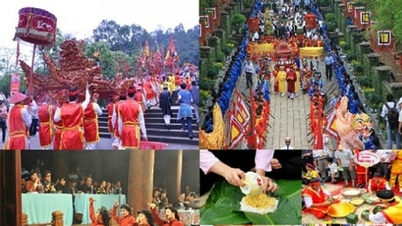



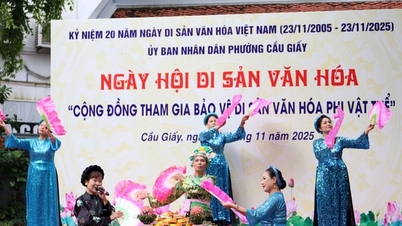
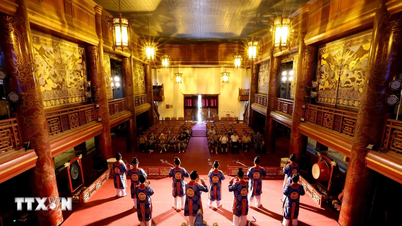

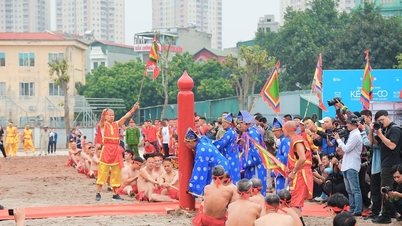



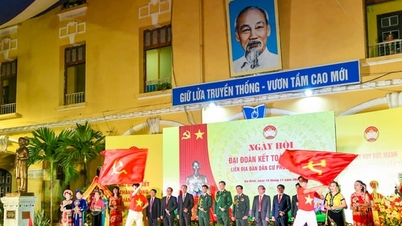





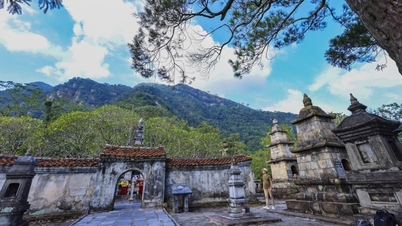






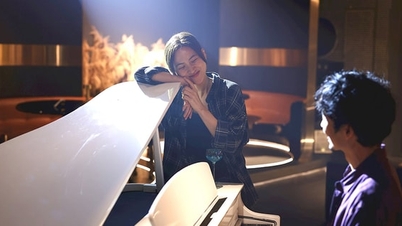
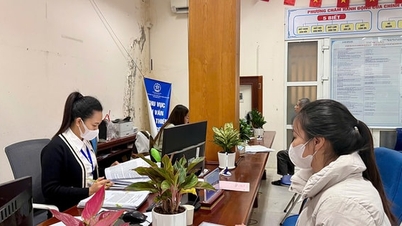










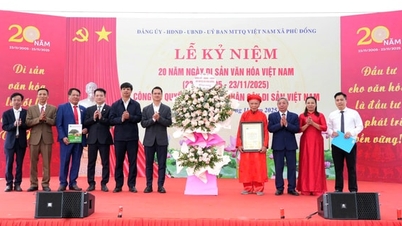

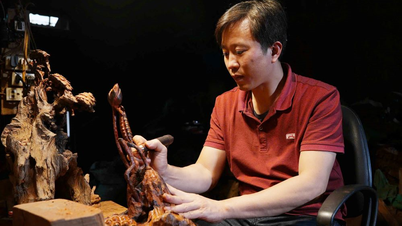



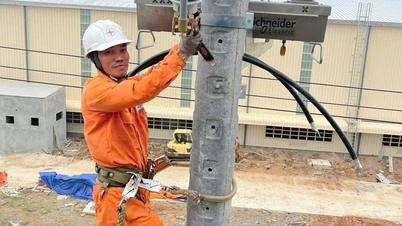



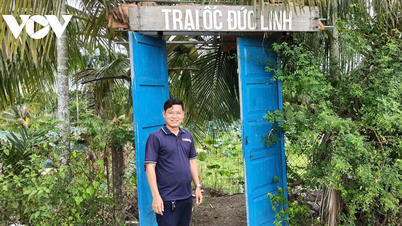

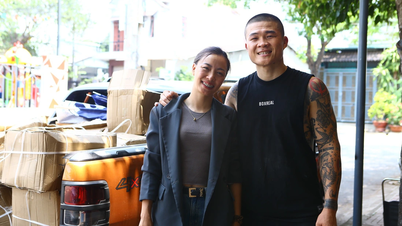















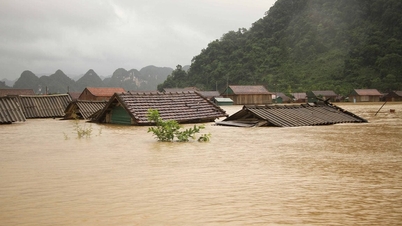
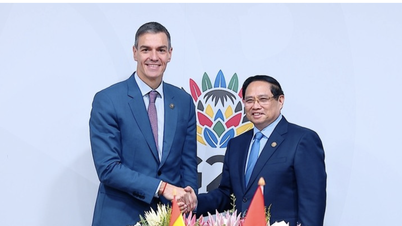

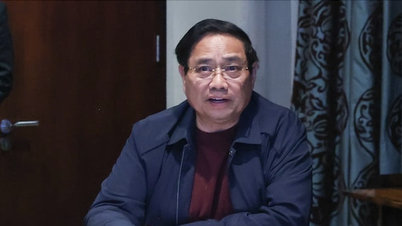
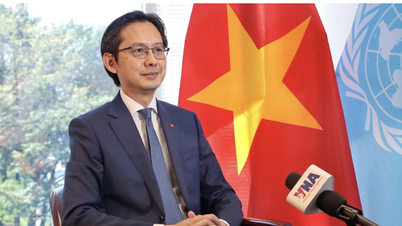
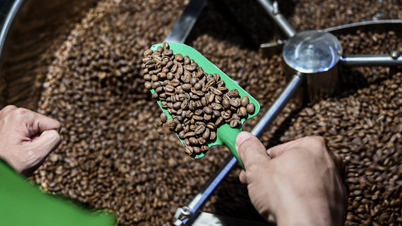


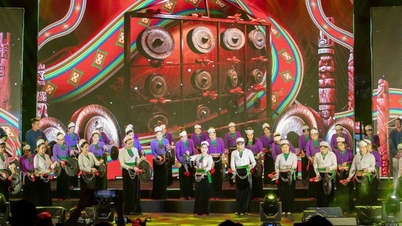







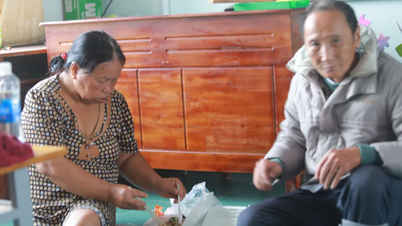




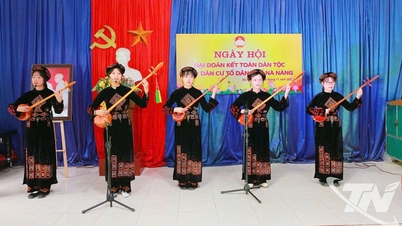













Comment (0)